Hi there! We'd love to hear from you... please add your comments below the articles...
-
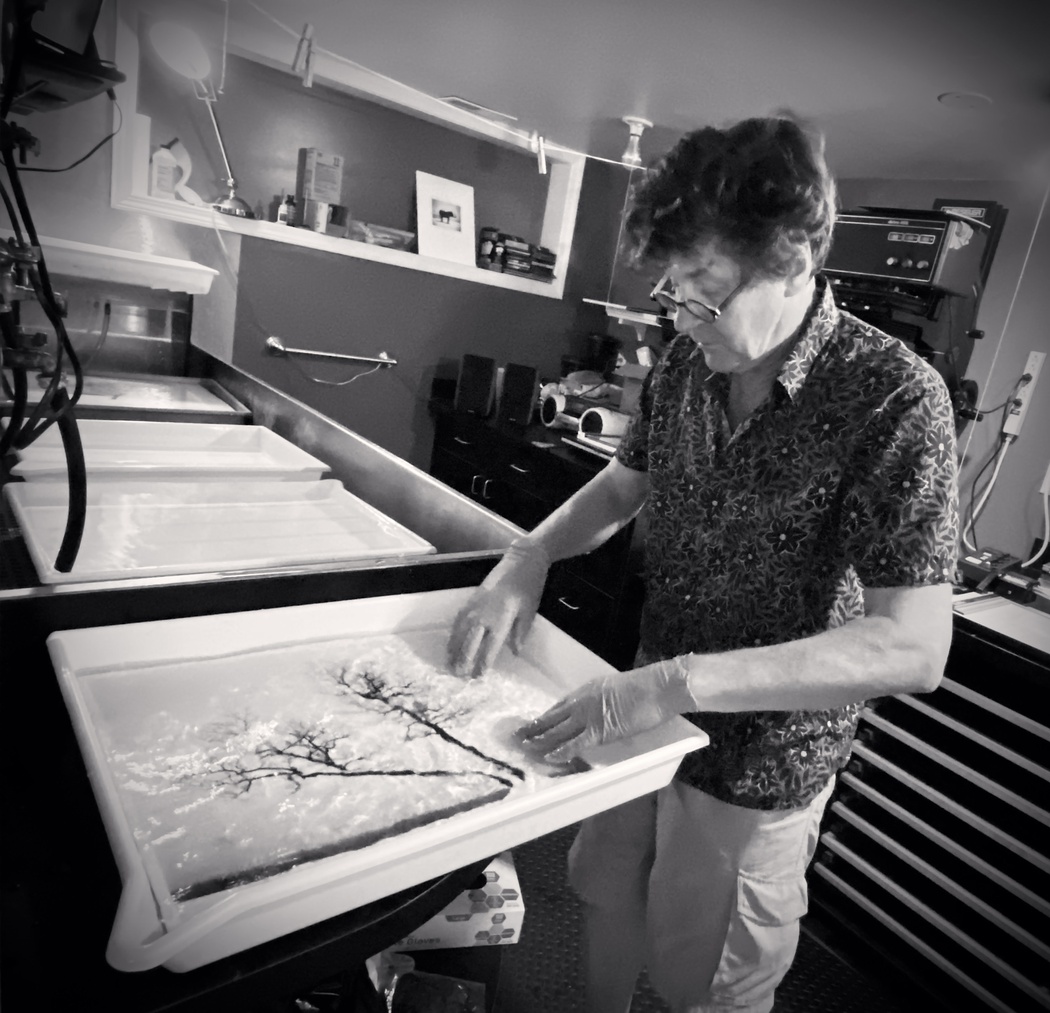
PRESS | Michael Kenna's Darkroom Diaries | Chapter 2
Black & White Photography Magazine Issue 305 August 2025In the second chapter of Michael Kenna's Darkroom Diaries, Michael invites you into his personal darkroom in Seattle, USA and explains how he interprets each negative. But first Luke Whitaker, owner of the Bosham Gallery, sheds further light on Michael's printing process. -
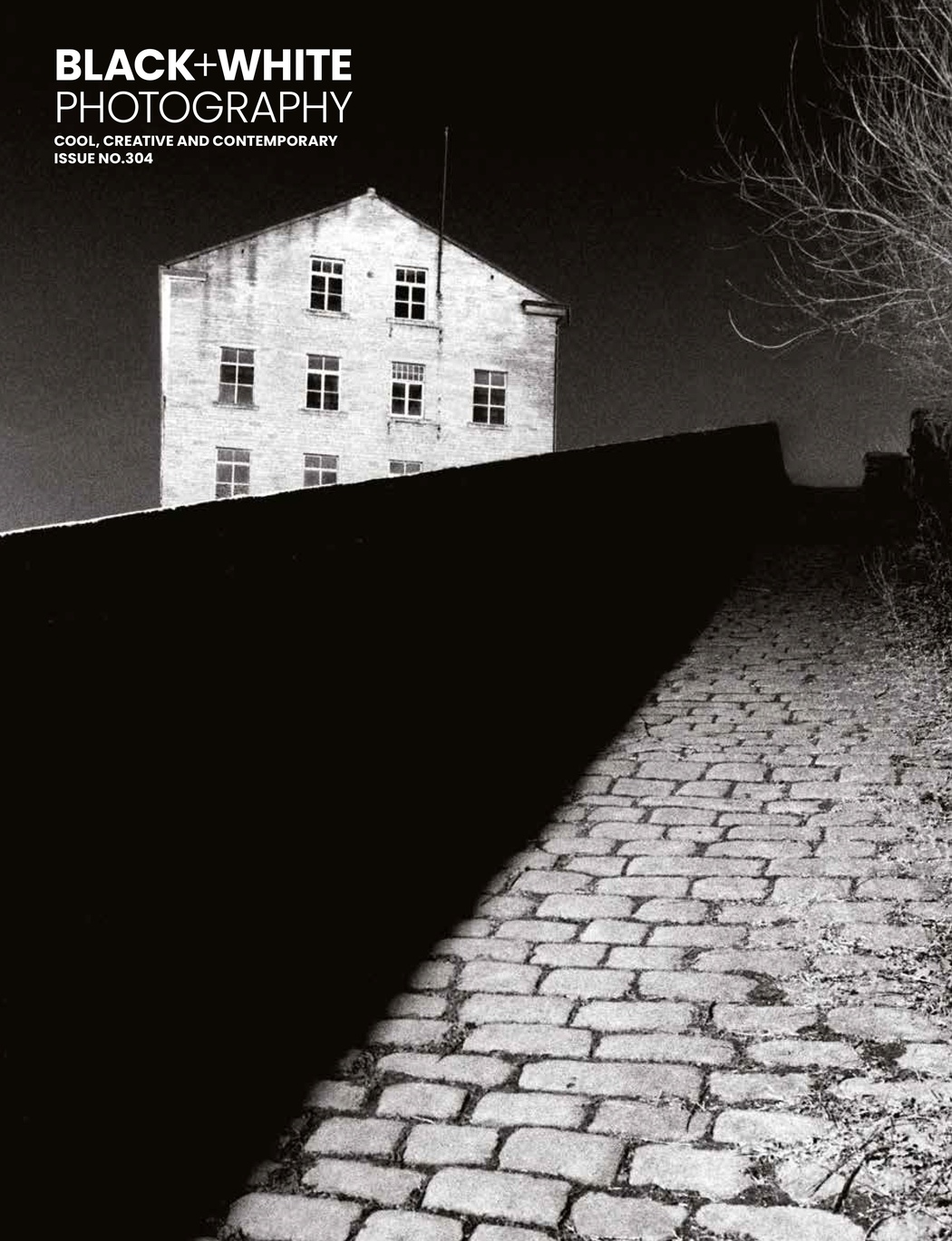
PRESS | Michael Kenna's Darkroom Diaries | Chapter 1
Black & White Photography Magazine Issue 304 July 2025"Michael Kenna has been photographing on film and making silver gelatin prints in his own darkroom for over 50 years. In the first of a series of five chapters sharing extracts from Kenna's Darkroom Diaries, we are reminded why prints made in the traditional analogue process, printed from original film negatives by hand in the darkroom, are so special. Michael will discuss his process of photographing on film and will explain the patient and painstaking work of making prints by hand in his darkroom which has allowed him to produce the distinct images that are celebrated for their rich blacks, luminous highlights and a grainy aesthetic that compliments the ethereal lighting his work is best known for." Luke Whitaker -
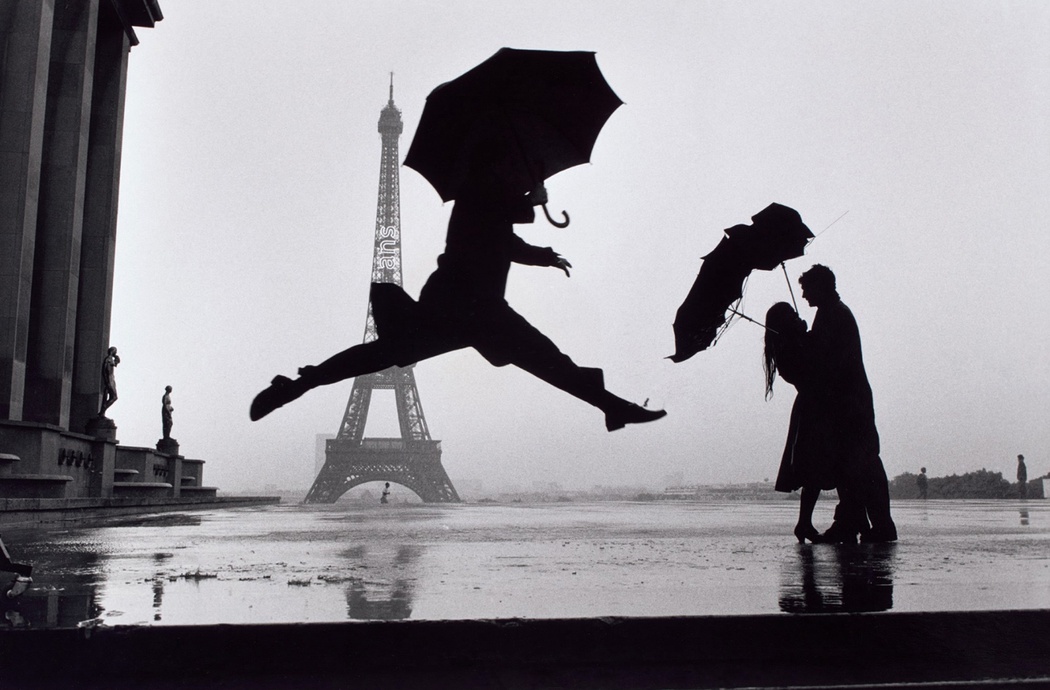
-
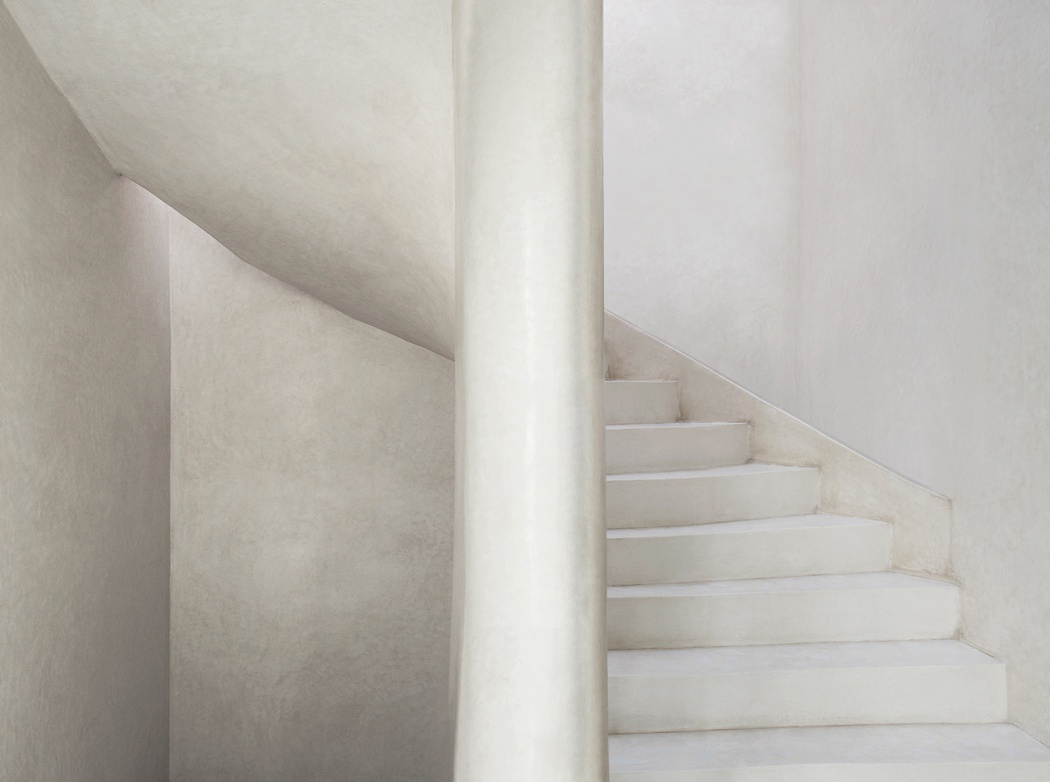 Marrakesh, Morocco 2014 by Charlie Waite (b.1949) | Archival Pigment Print 80 x 60cm
Marrakesh, Morocco 2014 by Charlie Waite (b.1949) | Archival Pigment Print 80 x 60cm -
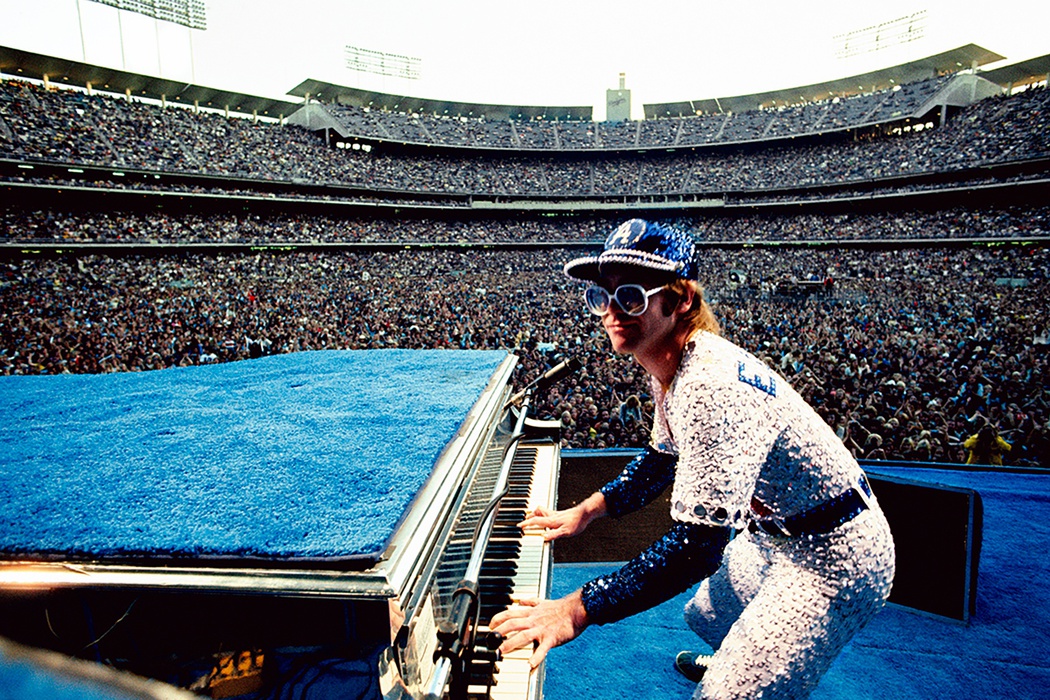 Elton John, Dodger Stadium, Los Angeles 1975 by Terry O'Neill (1938-2019) | Digital C-Type Print 61 x 50.8cm
Elton John, Dodger Stadium, Los Angeles 1975 by Terry O'Neill (1938-2019) | Digital C-Type Print 61 x 50.8cm -
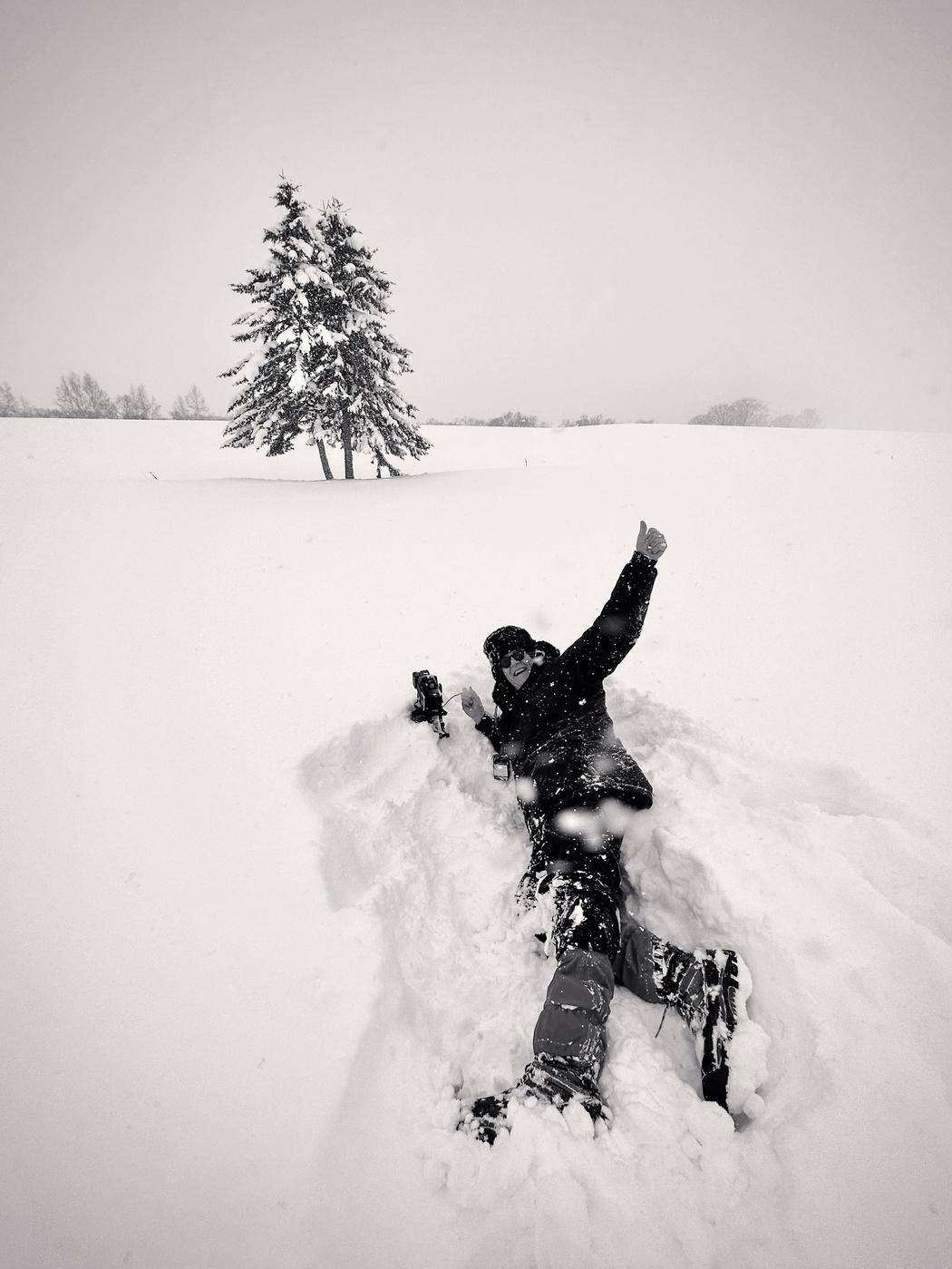 Michael Kenna, Hokkaido, Japan 2024 ©Tsuyoshi Kato
Michael Kenna, Hokkaido, Japan 2024 ©Tsuyoshi KatoMichael Kenna's Darkroom Diaries | Chapter 1
Working With Film For Over 50 YearsTo celebrate 50 years of darkroom printing, Luke Whitaker at Bosham Gallery is publishing a series of 5 chapters from Michael Kenna's Darkroom Diaries, in partnership with Black & White Photography Magazine, to accompany an online exhibition of Kenna's Artist Proofs. The online exhibition runs from 17 July - 17 December 2025.
-
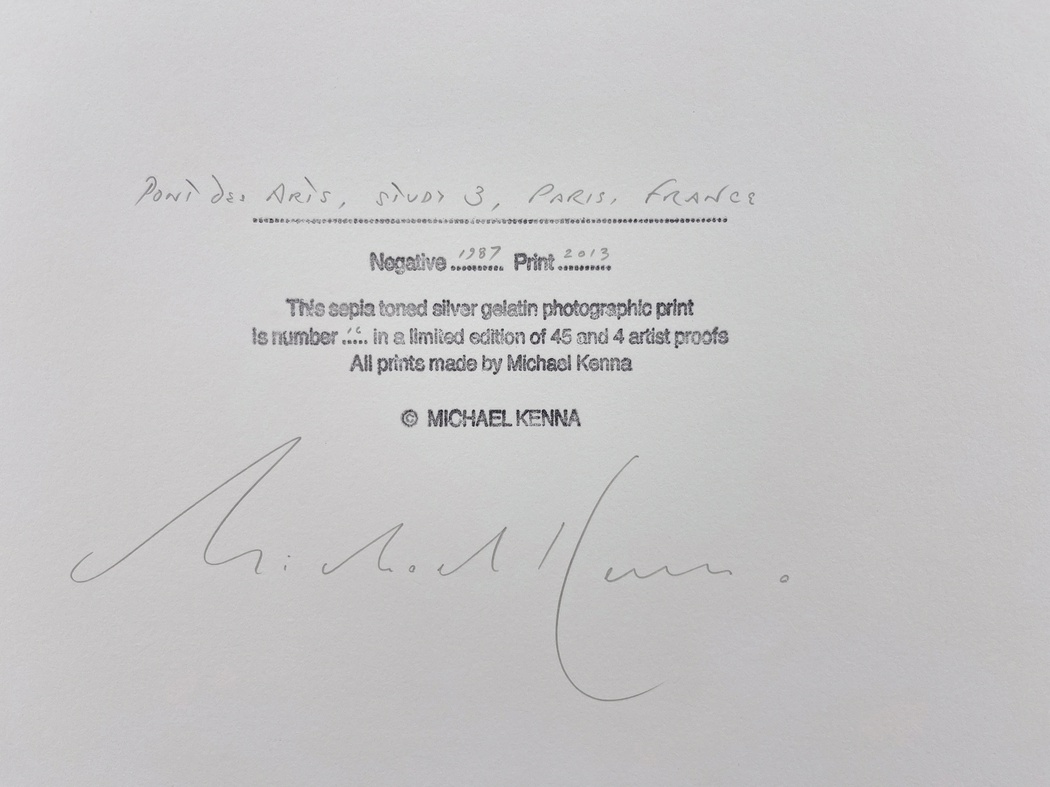 Michael Kenna's silver gelatin prints are matted and mounted on archival 16x20 inch mountboard and framed in a 15mm wide hand-painted black wooden frame moulding behind museum glass.
Michael Kenna's silver gelatin prints are matted and mounted on archival 16x20 inch mountboard and framed in a 15mm wide hand-painted black wooden frame moulding behind museum glass. -
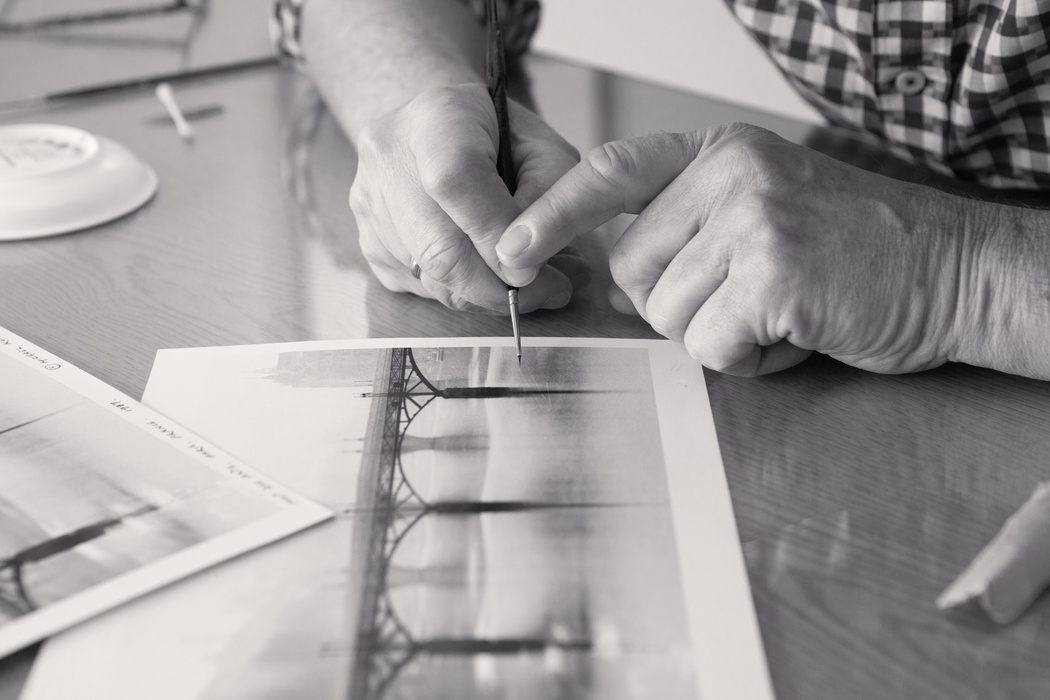 Michael Kenna retouches 'Pont Des Arts, Study 1, Paris, France 1987' in Bosham Gallery in 2019 © Henry Wells
Michael Kenna retouches 'Pont Des Arts, Study 1, Paris, France 1987' in Bosham Gallery in 2019 © Henry Wells -
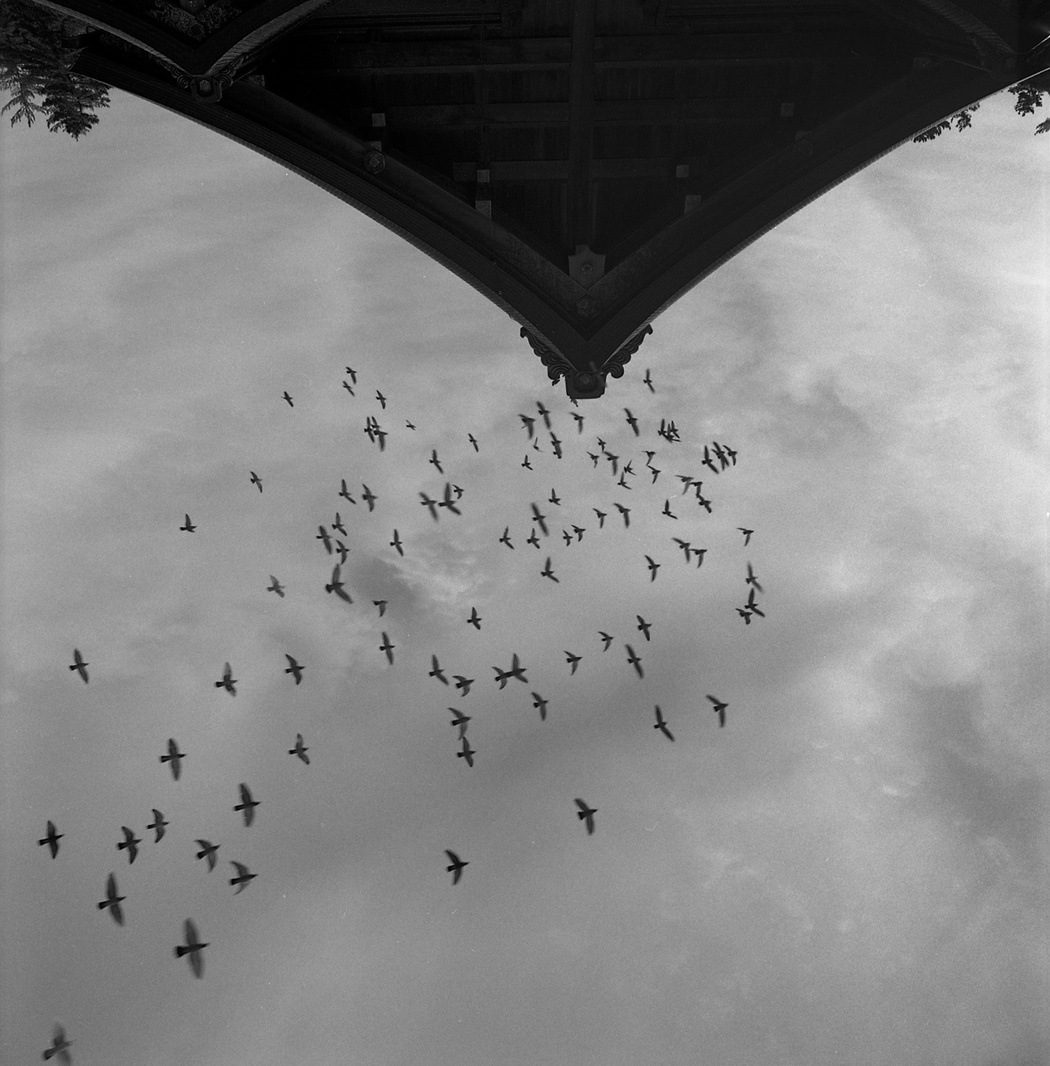 Full Frame Work Print Upside Down Of 'Nine Birds, Taisha Shrine, Honshu, Japan 2001' © Michael Kenna
Full Frame Work Print Upside Down Of 'Nine Birds, Taisha Shrine, Honshu, Japan 2001' © Michael Kenna -
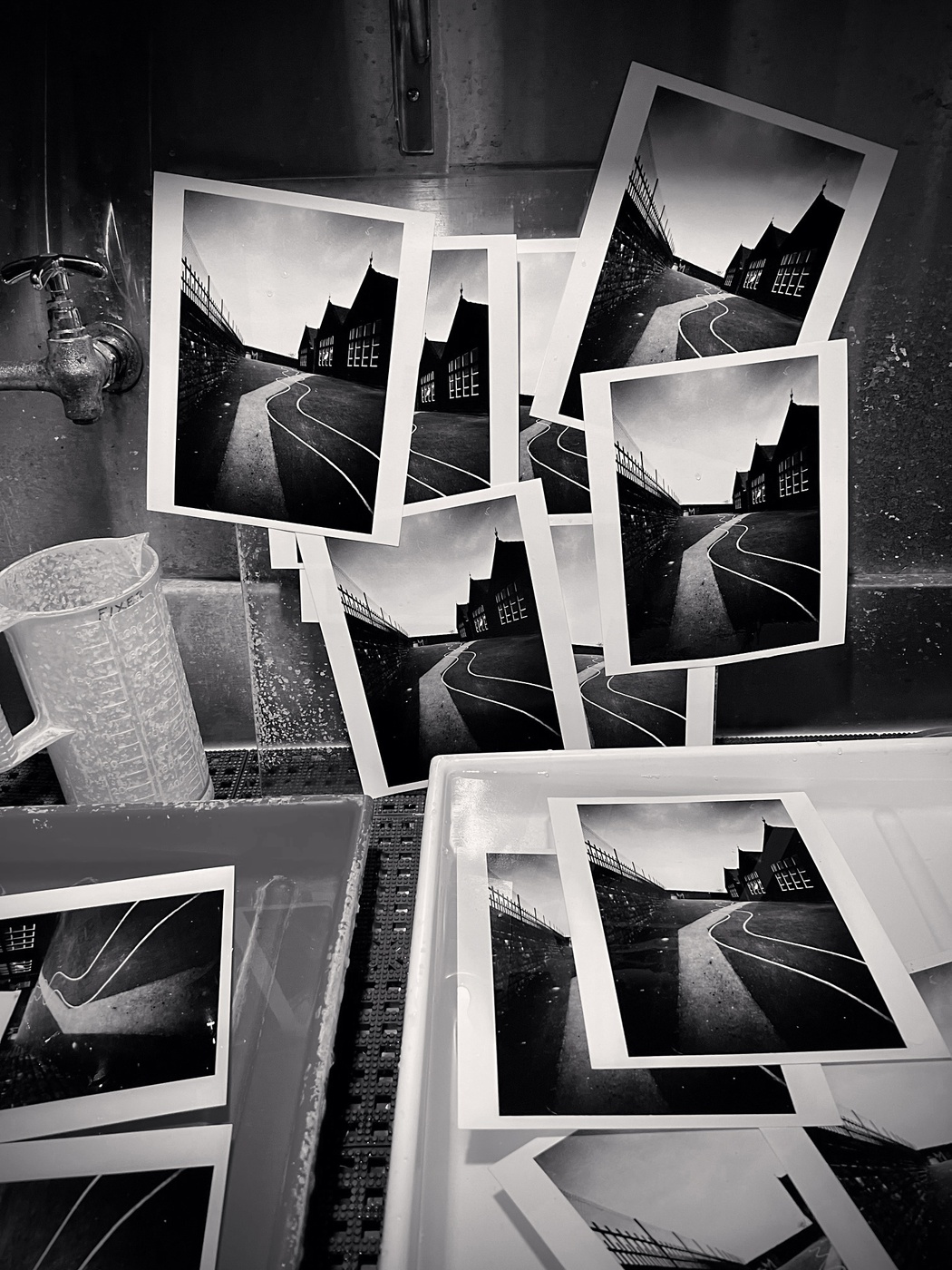 ‘Getting There’ 12 Working Prints Of 'School Yard, Heptonstall, Yorkshire, England 1983' © Michael Kenna
‘Getting There’ 12 Working Prints Of 'School Yard, Heptonstall, Yorkshire, England 1983' © Michael Kenna -
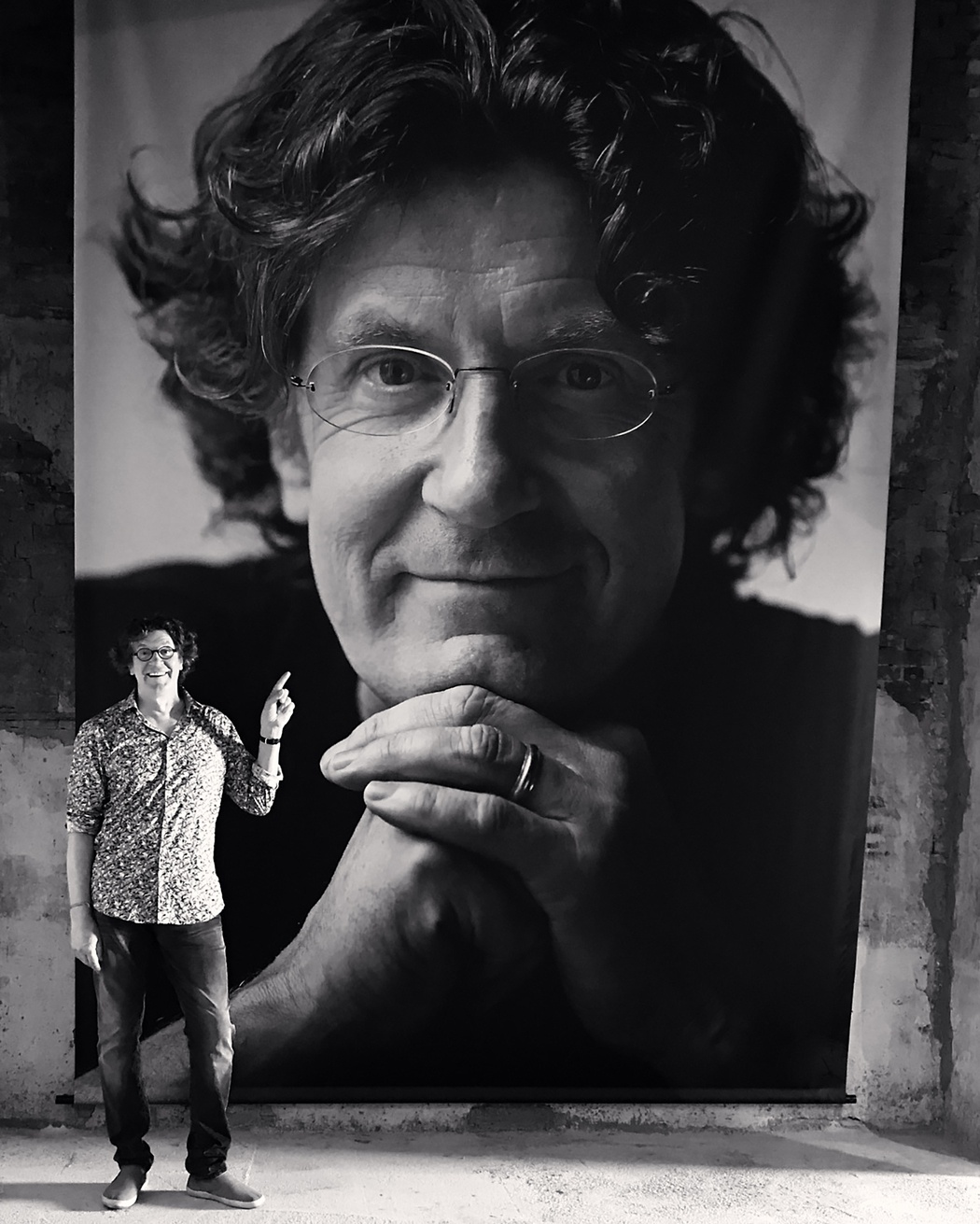 Michael Kenna By Vincenzo Di Pompeo 2017 © All Rights ReservedA collection of favourite portraits of photographer Michael Kenna...
Michael Kenna By Vincenzo Di Pompeo 2017 © All Rights ReservedA collection of favourite portraits of photographer Michael Kenna... -

Before an artist makes an edition of prints, they must first make an Artist Proof. Artist Proofs are typically printed before the numbered edition and are used as a way for the artist to make final adjustments to the photograph or to experiment with different combinations of tone or colour. A simple way of understanding an Artist Proof is to think of it as a finalised print that the photographer approves to sign off the production of the Limited Edition.
-
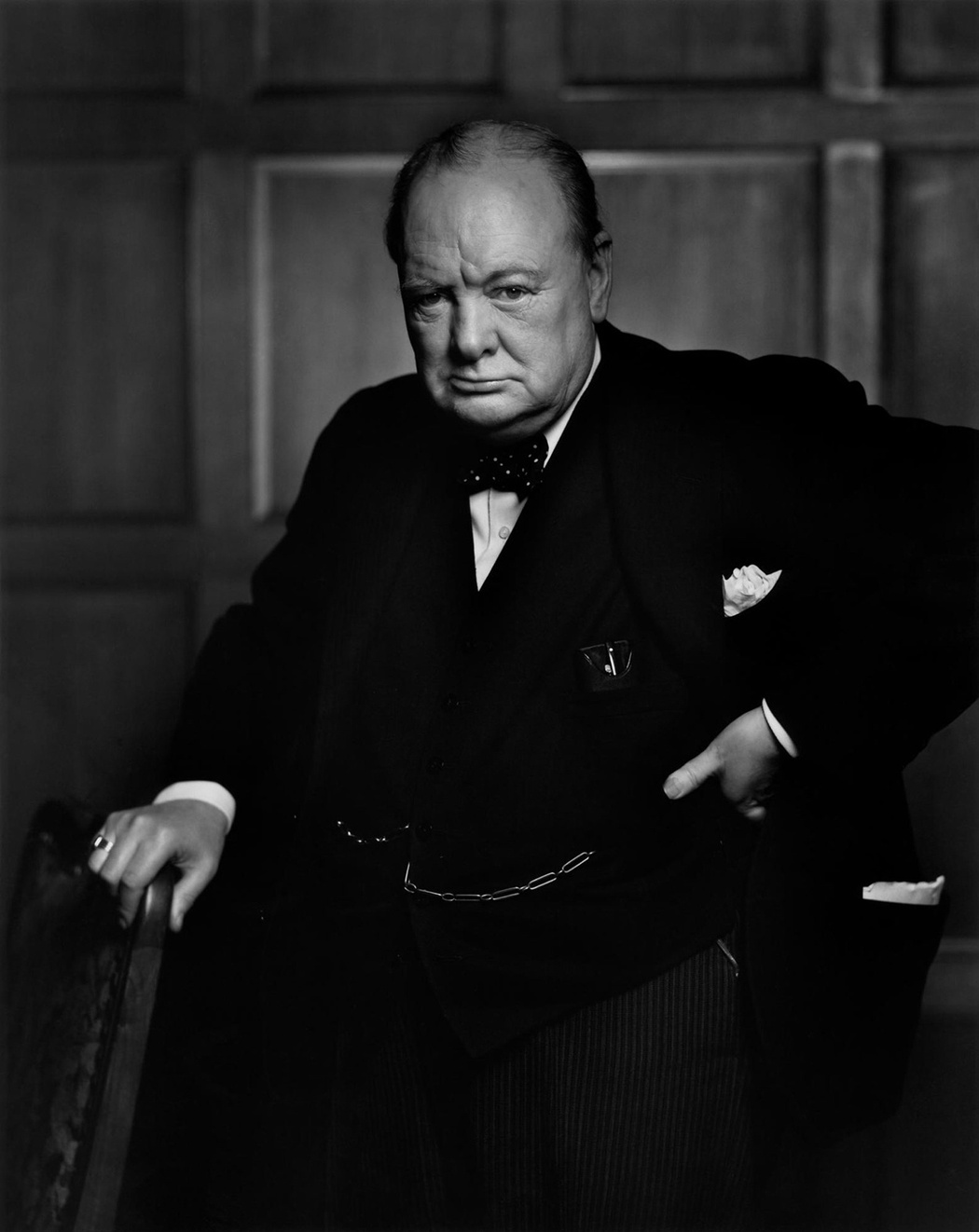
The Roaring Lion, Winston Churchill, 1941 by Yousuf Karsh (1908-2002)
20x24" (51x61cm) Signed Silver Gelatin PrintI am pleased to present an opportunity to acquire a very famous print The Roaring Lion, Winston Churchill, 1941 by Yousuf Karsh (1908-2002), an Armenian-Canadian photographer known for taking the definitive portraits of the men and women who shaped the twentieth century. This iconic photograph is widely regarded as one of the most important portraits in the history of photography. Read on to hear the amusing story behind this famous photograph, along with details of this rare signed print which is offered for sale in very fine condition. -
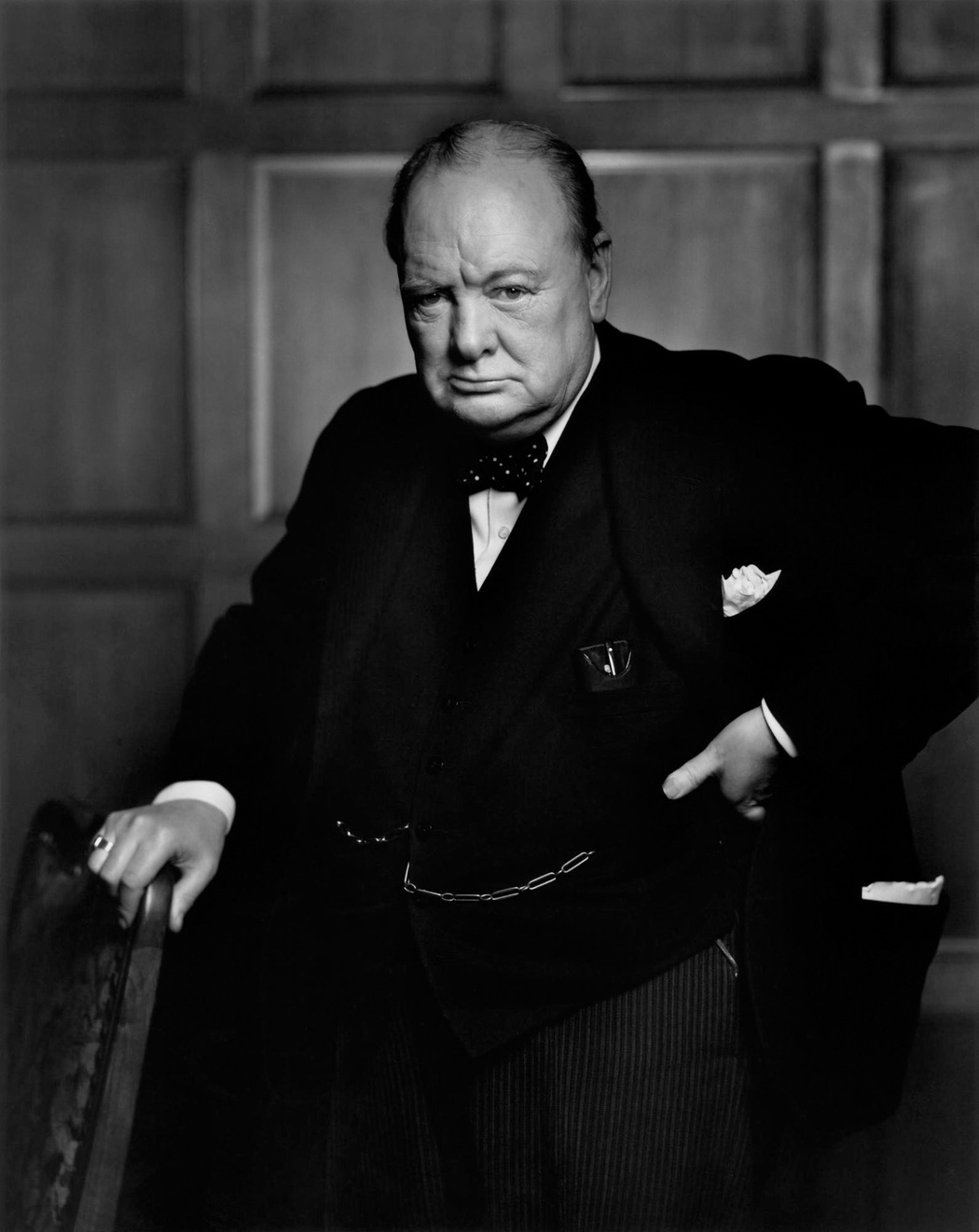 The Roaring Lion, Winston Churchill, 1941 | Yousuf Karsh
The Roaring Lion, Winston Churchill, 1941 | Yousuf KarshGuide To Photographic Print Processes
Darkroom And Digital PrintsIn photography’s near 200-year history a great variety of printing processes have been used to make prints, which can be broadly divided into two categories – traditional wet chemistry prints made in a darkroom using light-sensitive paper and chemical baths, and contemporary digital prints made by fine droplets of ink deposited onto the printing paper (no chemicals). The characteristics of each printing process give the prints a distinct ‘look and feel’ in terms of how sharply defined and detailed the image content is, the print’s tonal range, its texture and the longevity of the print.
-
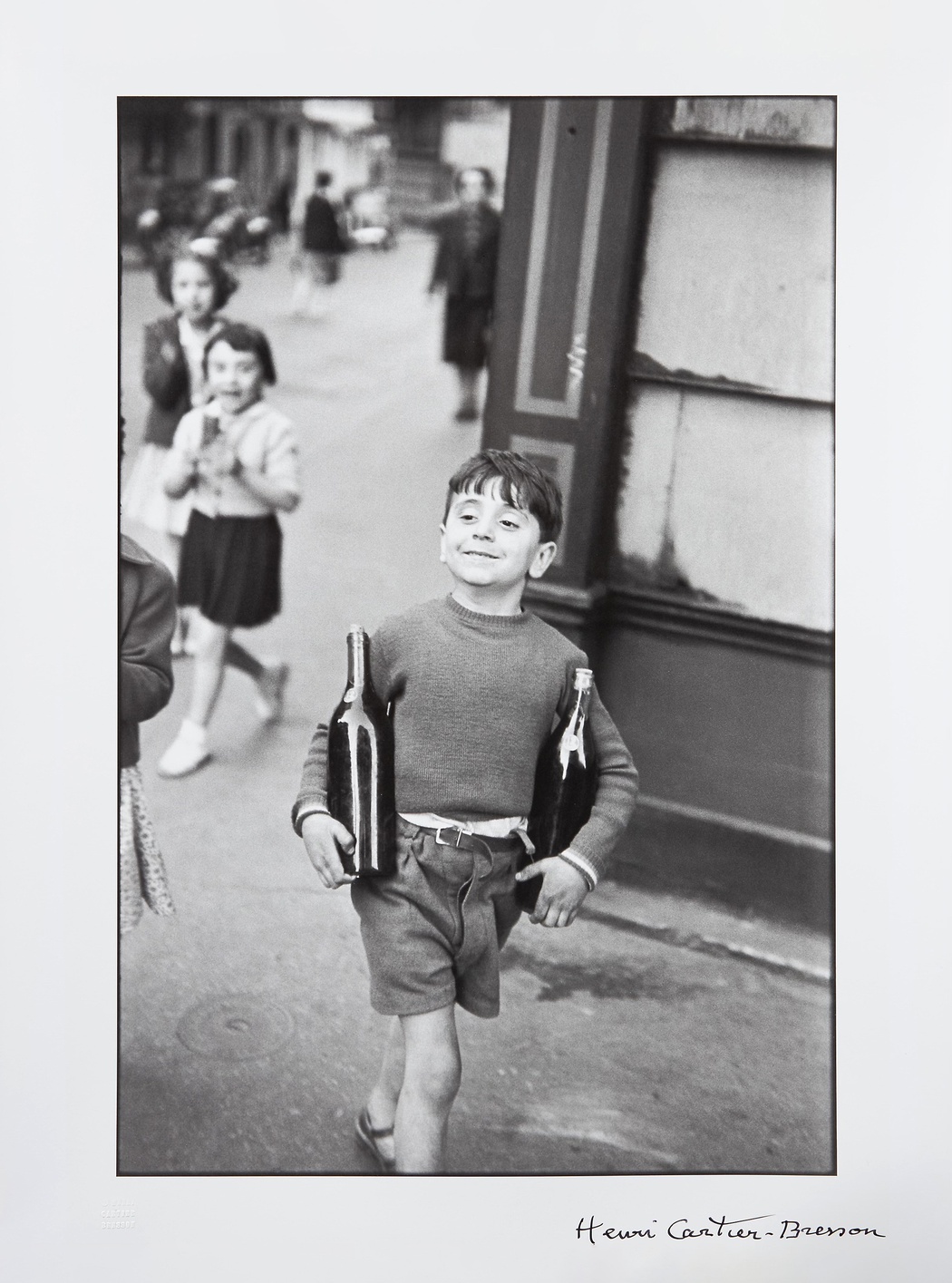
Are you thinking of buying a photograph, or perhaps starting a collection? Here are my top tips to get you started with a few examples of prints I've collected over the years...
-
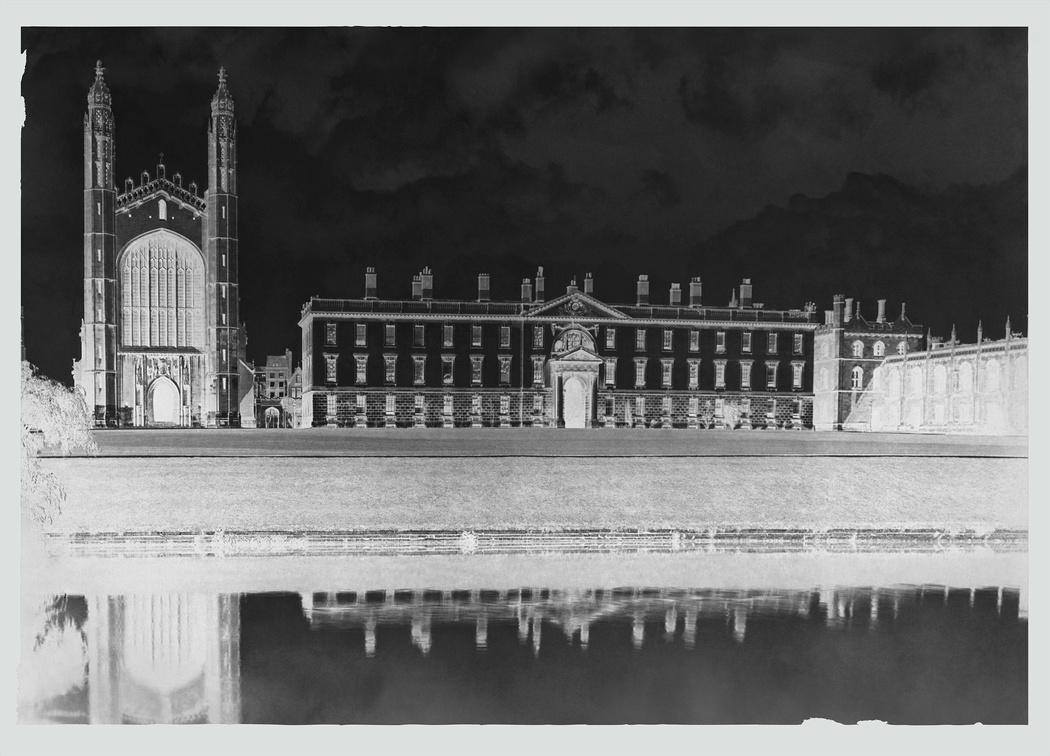 Glass Plate Negative Of King's College Chapel & Fellows' Buildings, Cambridge by George Washington WilsonPhotographic ‘plates’ preceded photographic film as a capture medium in photography. The light-sensitive emulsion of silver salts was coated onto a glass plate, typically thinner than common window glass.
Glass Plate Negative Of King's College Chapel & Fellows' Buildings, Cambridge by George Washington WilsonPhotographic ‘plates’ preceded photographic film as a capture medium in photography. The light-sensitive emulsion of silver salts was coated onto a glass plate, typically thinner than common window glass. -
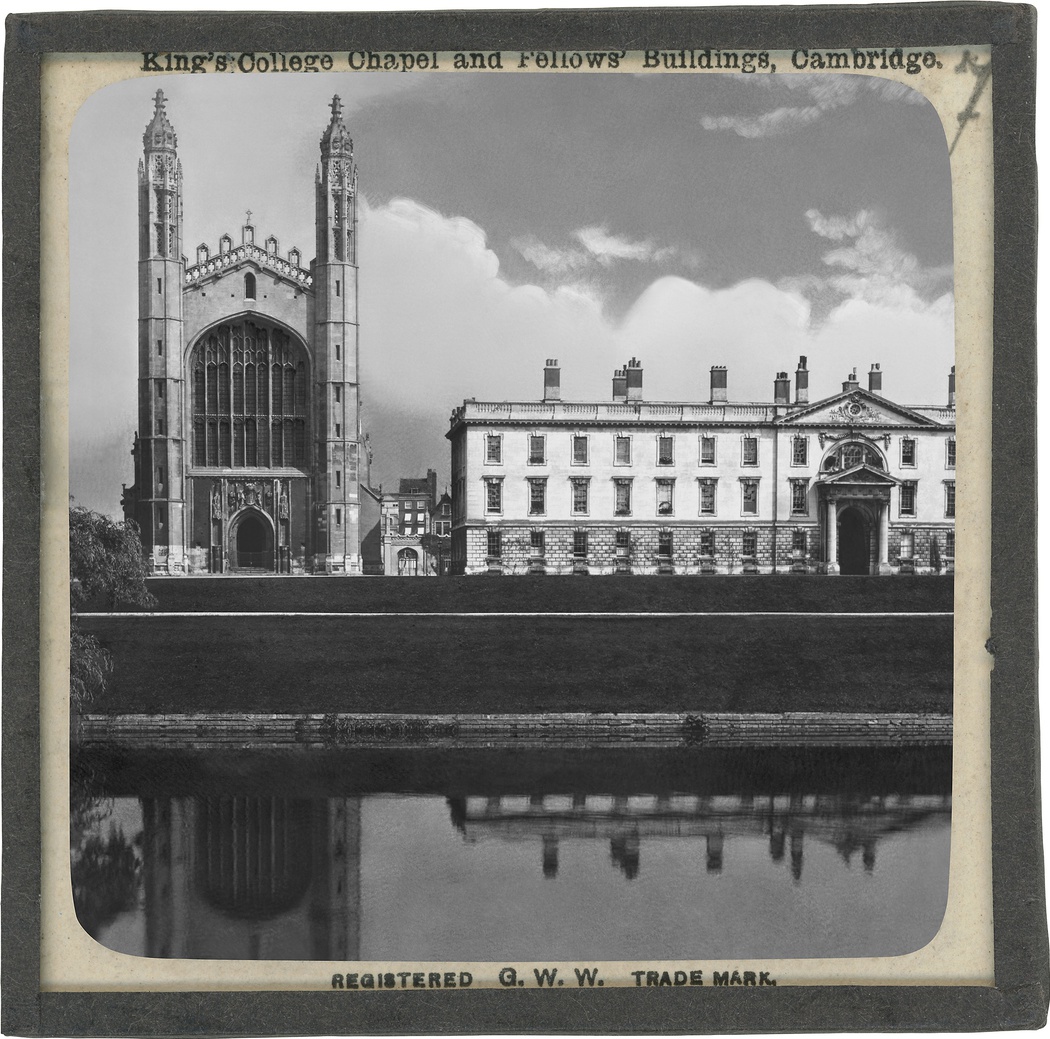 King's College Chapel & Fellows' Buildings, Cambridge by George Washington WilsonA photographic magic lantern slide is a positive photograph on glass, which has been copied from a glass plate negative, for the purpose of projecting it for display using a ‘magic lantern’, the predecessor of the slide projector. Images were projected using a candle flame, and later a gas lamp. They were common in the late 19th and first half of the 20th centuries.
King's College Chapel & Fellows' Buildings, Cambridge by George Washington WilsonA photographic magic lantern slide is a positive photograph on glass, which has been copied from a glass plate negative, for the purpose of projecting it for display using a ‘magic lantern’, the predecessor of the slide projector. Images were projected using a candle flame, and later a gas lamp. They were common in the late 19th and first half of the 20th centuries. -
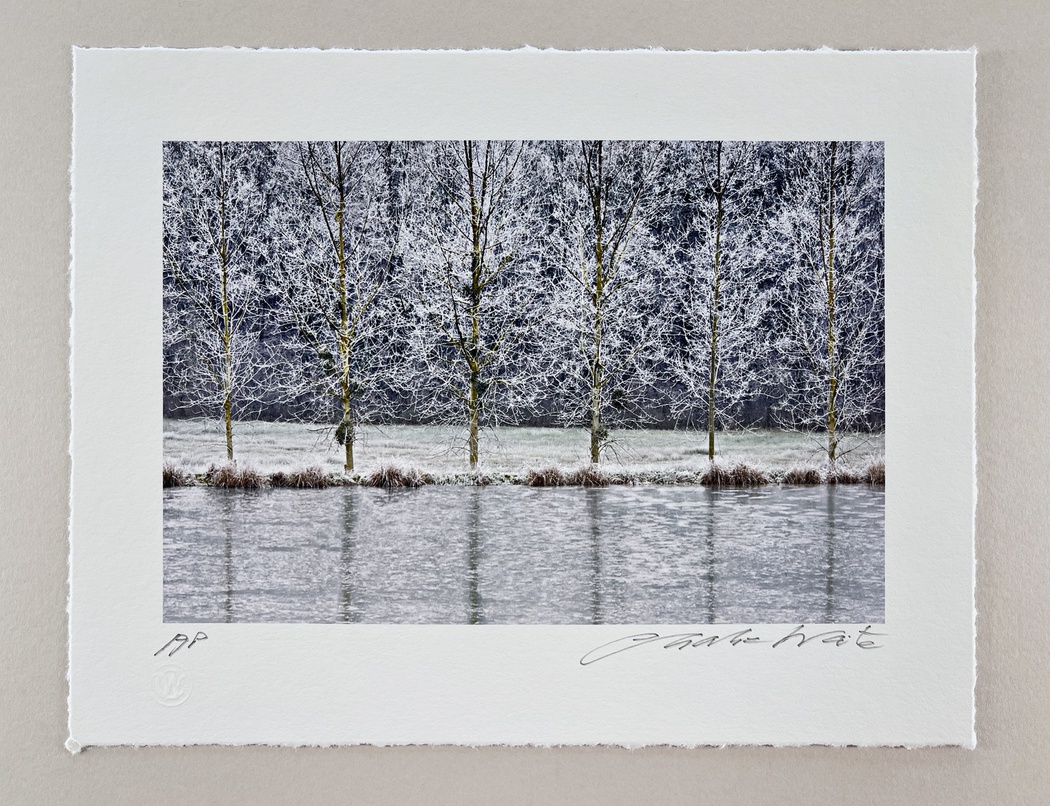
-
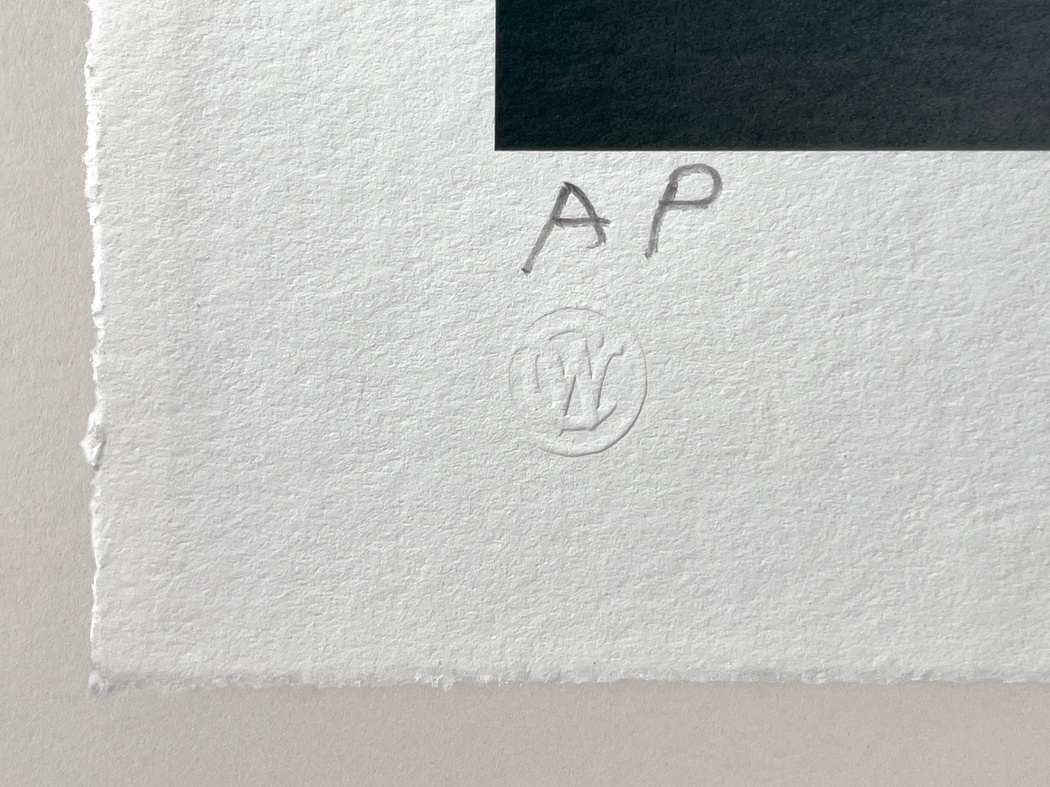
Artists use their signature and blind stamp to signify completion of the printing process and to show a mark of provenance, which allows collectors to trace the work back to the artist's studio. A blind stamp ('blind' meaning uncoloured) is often unobtrusive and you might have to inspect a print carefully to establish its presence.
-
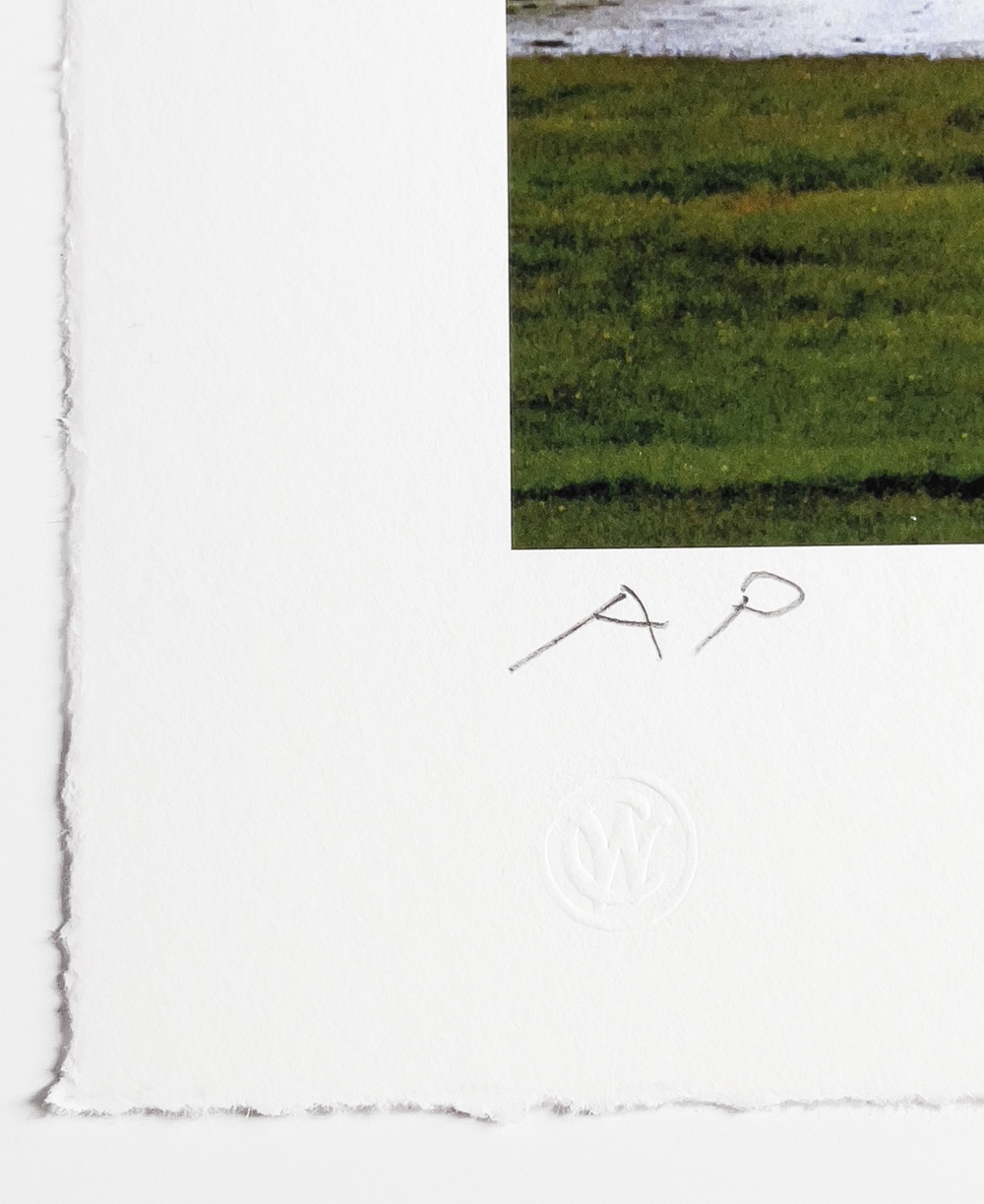 Charlie Waite's signature finish includes the edition number, blind stamp and his artist signature on the front of the print below the photograph.
Charlie Waite's signature finish includes the edition number, blind stamp and his artist signature on the front of the print below the photograph.Charlie Waite Signature Finish | Colour Prints
Archival Pigment Prints With Deckled Edges In White Box FramesCharlie Waite's colour photographs are archival pigment prints, signed and numbered with the artist's blind stamp. All prints are made personally by the artist in limited editions of 25 or 50 prints. Bespoke print sizes and frame mouldings are available for all photographs by request - please email sales@boshamgallery.com
-
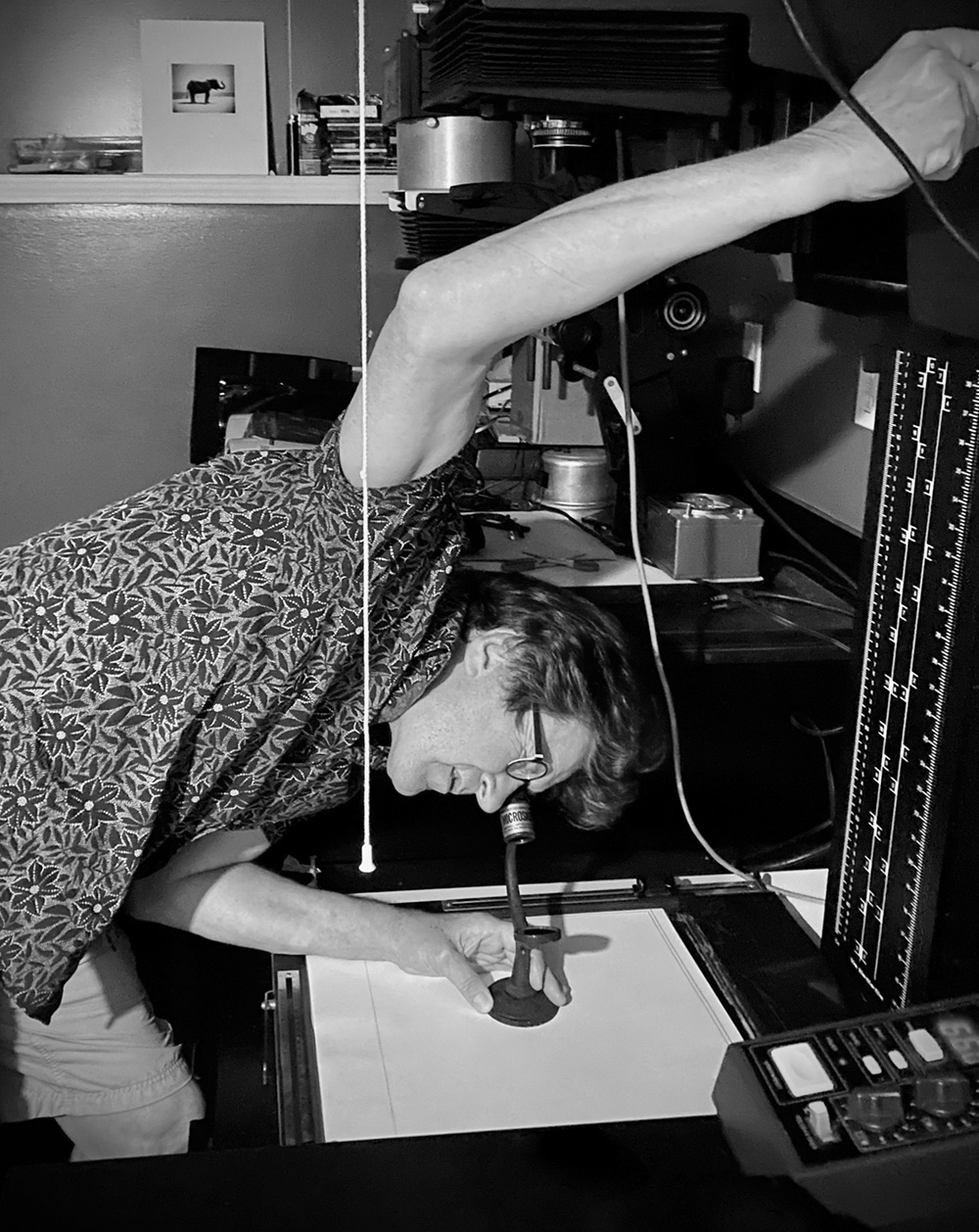 Michael Kenna Working In His Darkroom, Seattle 2021 | © Mamta Kenna
Michael Kenna Working In His Darkroom, Seattle 2021 | © Mamta KennaMichael Kenna | Prints Of Distinguished Provenance Since 1973
Handmade Silver Gelatin Prints In SeattleMichael Kenna’s prints have a distinguished provenance. Since the start of his career in the 1970s Michael Kenna has worked solely with film, and he makes every silver gelatin print himself personally, in his darkroom at his home studio in Seattle, USA.
-
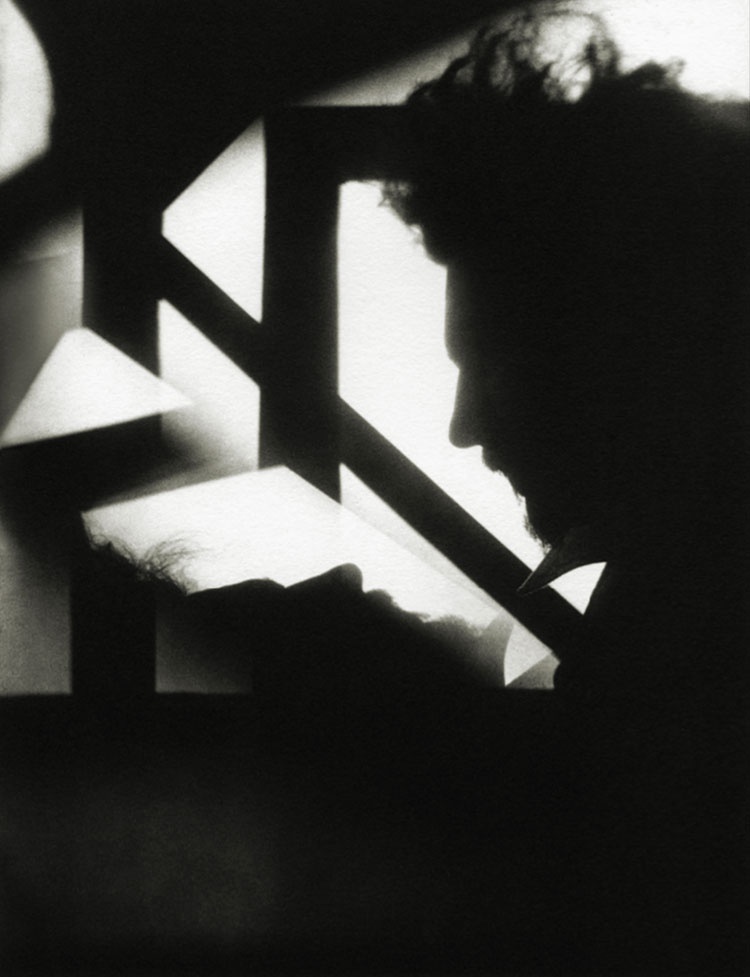 Vortograph of Ezra Pound 1916 by Alvin Langdon Coburn
Vortograph of Ezra Pound 1916 by Alvin Langdon Coburn -
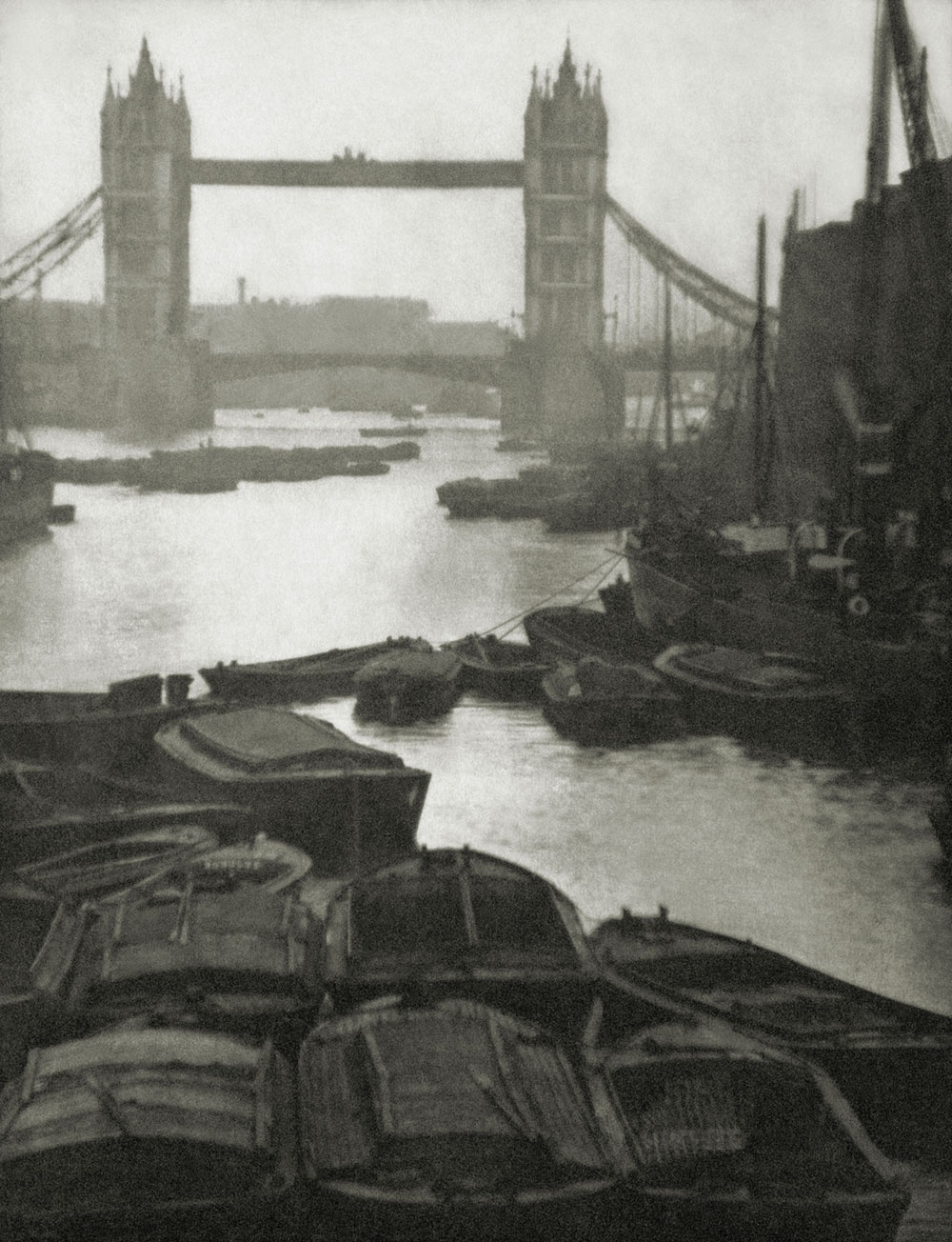 The Tower Bridge, London 1909 by Alvin Langdon Coburn
The Tower Bridge, London 1909 by Alvin Langdon Coburn -
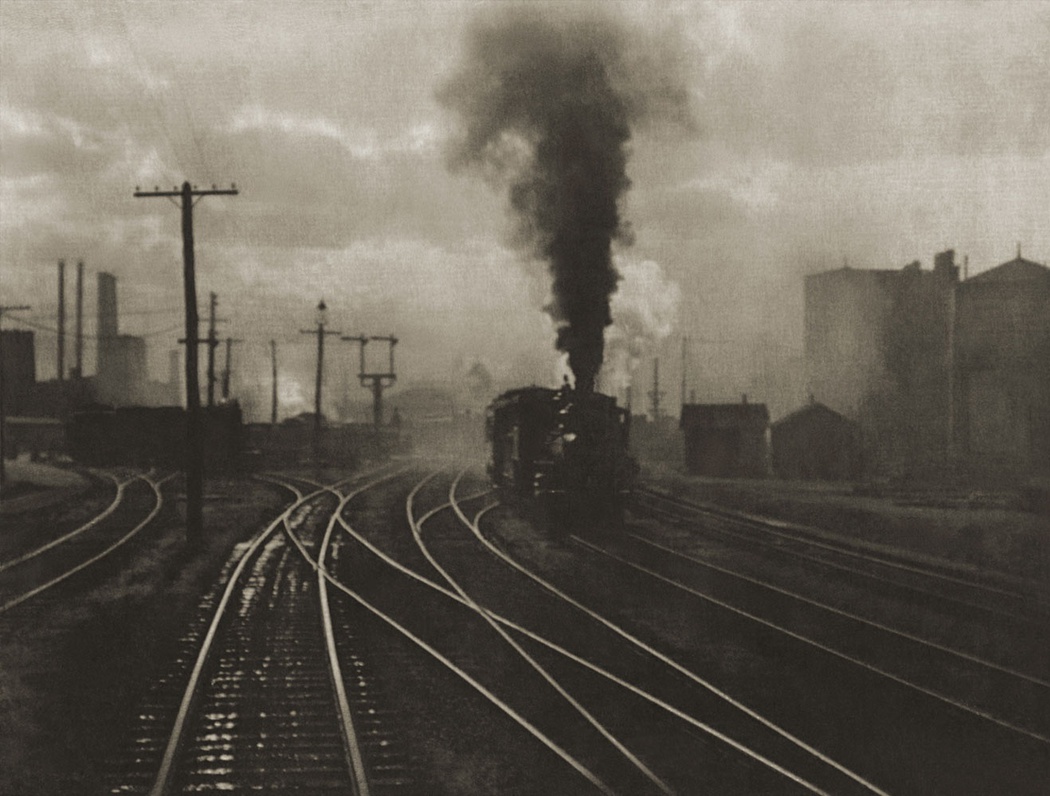 The Hand of Man, 1902 by Alfred Stieglitz
The Hand of Man, 1902 by Alfred Stieglitz